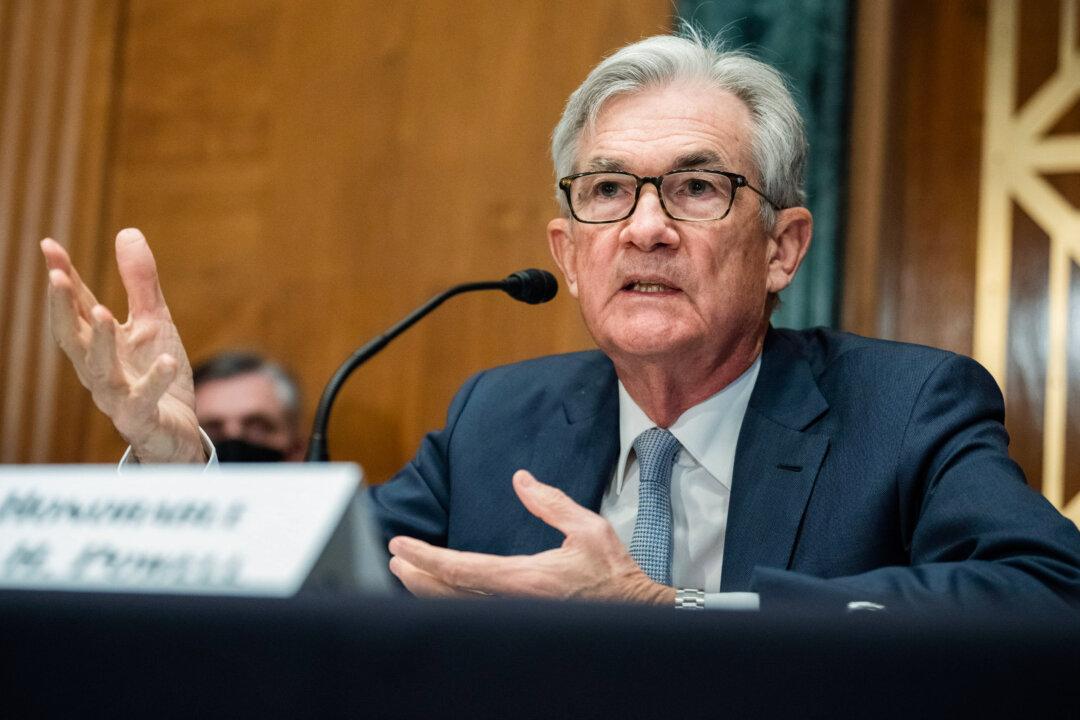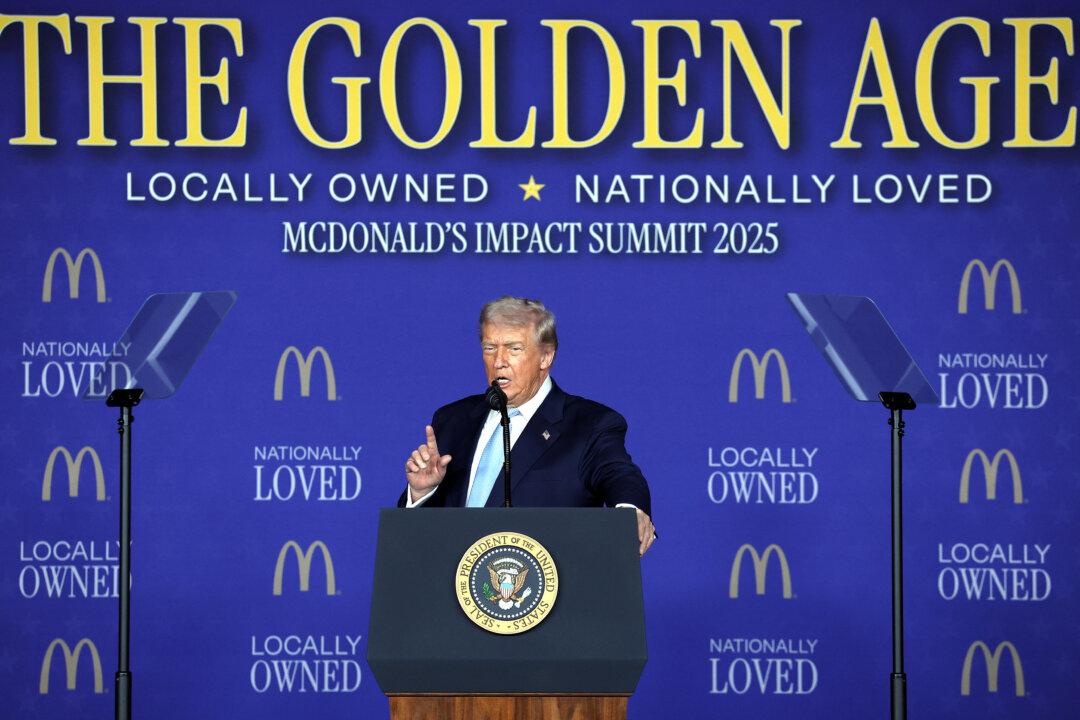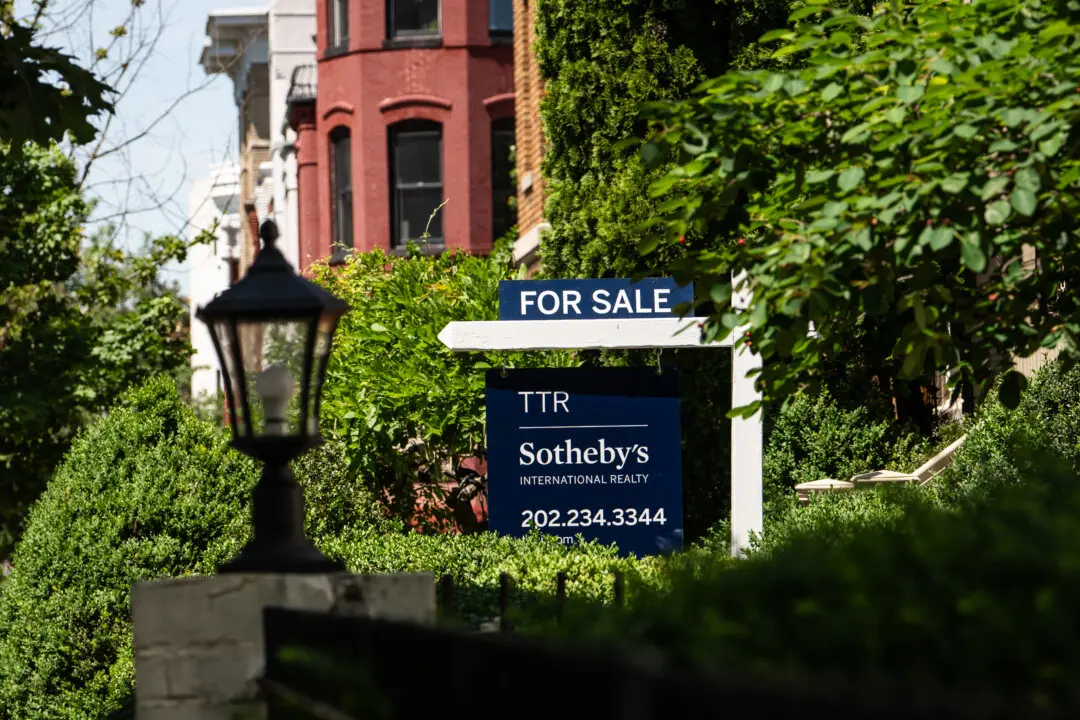The Jackson Hole Economic Symposium—an annual event attended by bankers, economists, and monetary policymakers—convenes this week for a three-day gathering from Aug. 22 to Aug. 24 in Jackson Hole, Wyoming. It could set the stage for the Fed loosening policy and laying the groundwork for a September interest rate cut.
The theme for this year’s symposium, hosted by the Kansas City Fed, will be “Reassessing the Effectiveness and Transmission of Monetary Policy.”





